
Many popular game features actually started as mistakes or clever tricks players discovered. These accidental shortcuts or unusual ways of using the game’s physics were often so enjoyable that developers decided to keep them, refine them, and even design new content around them. Here are twenty examples of players finding ways to break the rules – and getting the rules changed as a result!
Street Fighter II — Combos
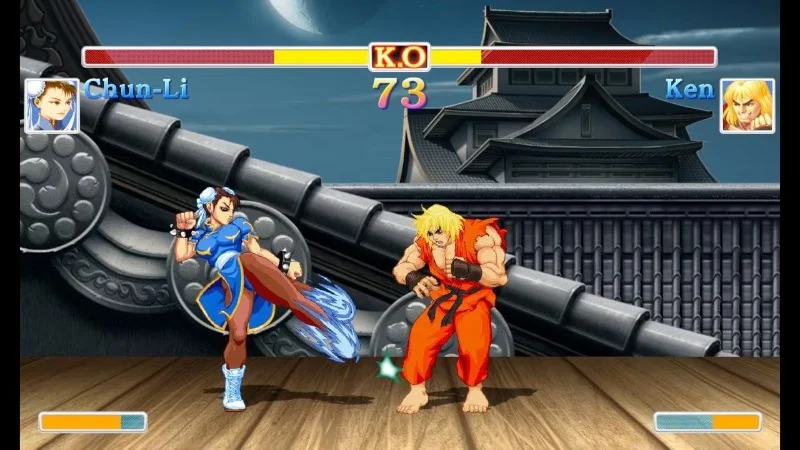
Initial playtesting revealed that players could link attacks together before their opponent could block or recover, effectively turning a bug into a reliable combo system. Developers intentionally kept this feature and adjusted the timing to allow for consistent connections between regular attacks and special moves. Subsequent fighting games added training tools and detailed frame data to help players master this new offensive technique. This system became central to both competitive gameplay and how characters were designed.
Team Fortress 2 — Rocket Jumping

Players discovered a clever trick: firing a rocket at their feet while jumping could propel them to reach new areas and take unexpected paths. The game developers liked this technique and made changes to the game – like how damage works, the map layouts, and where health packs are located – to make it even more effective. They even added explanations of this advanced movement in the game’s guides and item details. Both community-run servers and official maps now feature areas designed to reward players who can master this challenging jump.
Quake III Arena — Strafe Jumping
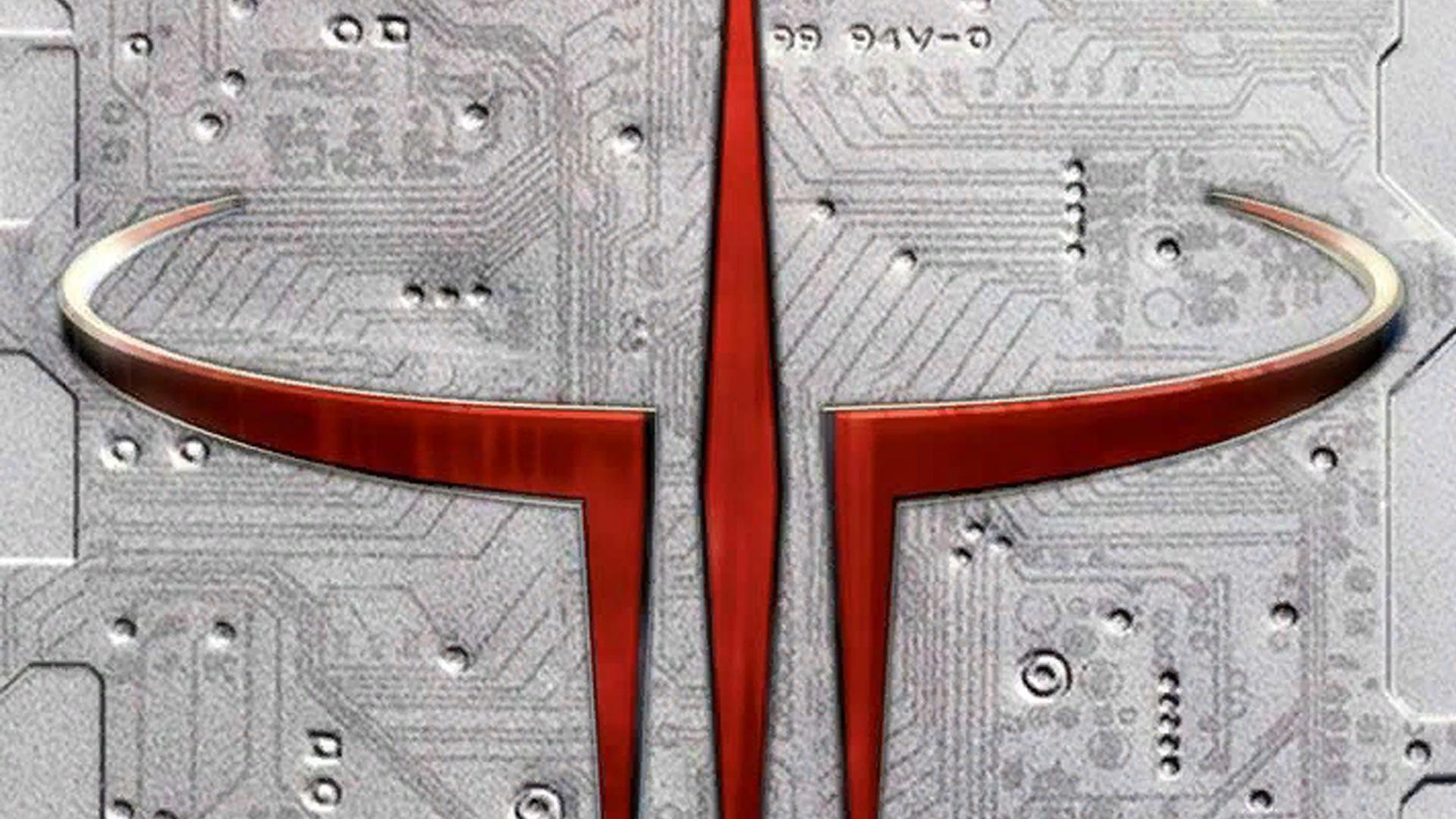
A unique feature in the game allowed skilled players to move faster by carefully coordinating their jumps with mouse movements and directional control. Instead of fixing this, the developers adjusted how players moved in the air and designed levels to make these advanced techniques feel intentional and rewarding. Competitive players created tools to display speed and timing information, helping others learn. This fluid movement style became popular and influenced the design of later shooting games, which aimed to offer a similar level of skill and mastery.
Starsiege: Tribes — Skiing
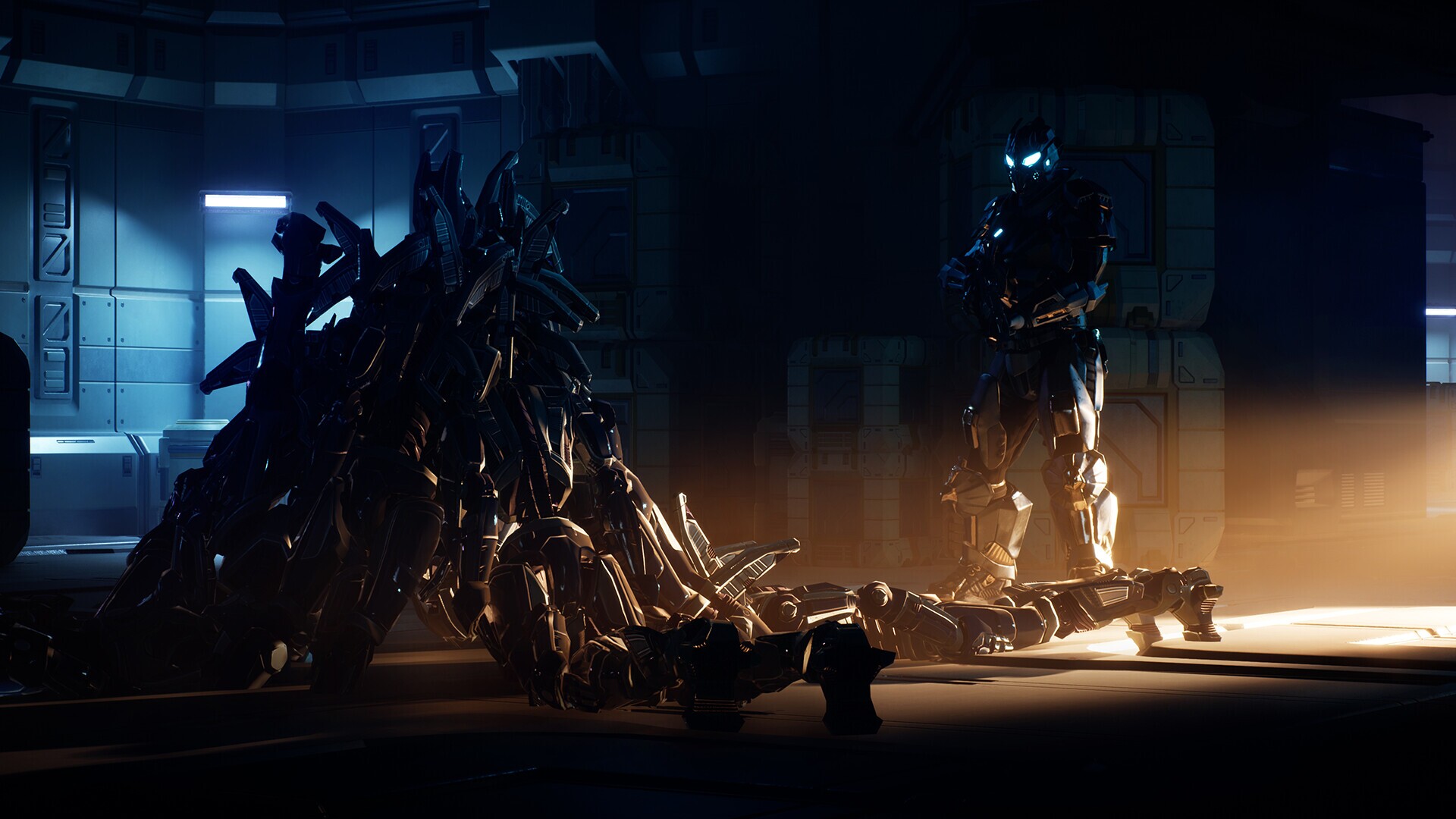
I figured out a cool trick in the game – if you tap jump while going down slopes, you actually slide faster and keep your speed up! The game developers noticed too, and in later versions, they made it even easier to do. They lowered the friction so you naturally glide, and started building levels with huge hills and valleys perfect for speeding around. They even tweaked the weapons and characters to make fast-paced combat the focus. Now, the official tutorials actually teach you how to chain together slides and jet boosts to get around super quickly – it’s awesome!
Warframe — Bullet Jump

I remember when people first discovered this trick called ‘coptering’ – it was crazy! You could basically swing your weapon to skip ahead in the game really fast. The developers didn’t totally get rid of the speed though, which is awesome. Instead, they turned it into a cool new movement ability that combines sliding and jumping into one fluid burst. They even revamped the parkour so you can chain together jumps, rolls, and wall-runs seamlessly. To keep up with how much faster everything became, they also tweaked the levels and how the enemies act, making the whole experience much more dynamic and exciting!
Super Smash Bros. Melee — L-Canceling

Previously, skilled players discovered a way to shorten the landing recovery time of moves, but the method wasn’t widely known. The new version of the game added a specific button press that significantly speeds up landing recovery for some aerial attacks when timed correctly. This mechanic has had a major impact on how characters are balanced and how combos are played throughout the game. Consistent behavior is reflected in both competitive resources and the game’s internal systems.
Super Mario 64 — Wall Jumping

In previous Mario games, players discovered glitches that could sometimes cause Mario to bounce off walls unexpectedly. The latest 3D game intentionally built on this, turning it into a useful move where Mario can bounce between walls to reach higher areas. Levels now include hidden spots and tall spaces specifically designed for this move, and the game even teaches players how to do it safely with helpful guides.
Metroid — Bomb Jumping
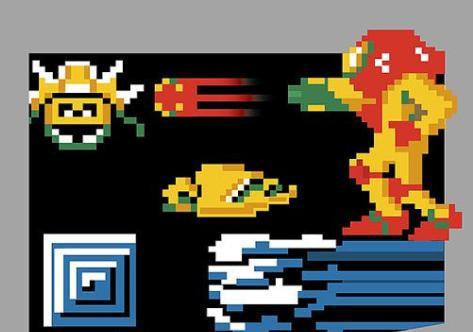
Players discovered they could use timed explosions to propel the hero upwards, accessing hidden areas. Subsequent games continued this feature, incorporating practice areas to help players learn the timing safely. Designers included optional challenges and rewards to encourage skilled play without making them necessary to complete the game. Advanced players could still perform complex maneuvers like linking explosions mid-air or setting up precise jumps.
Spelunky 2 — Ghosting

In the first game, skilled players tricked the ghost into passing over gems, increasing their worth for a better payout. The second game made this strategy official with special jars that reliably create a ghost, balancing the risk with the potential reward. The game’s levels and timing are designed so players can carefully plan routes to take advantage of this, and shops and scoring reflect the increased value of gems affected by the ghost.
Celeste — Wavedash

Players discovered they could chain a diagonal air dash with a jump after landing to maintain speed while moving across the ground. The game developers then designed levels that highlighted this technique, including optional challenges that demanded precise timing. To help new players master it, the game offers assist options and introduces the technique gradually through the levels. Experienced players have documented optimal ways to use this technique in speedruns and shared guides with the community.
Gears of War — Wall Bouncing
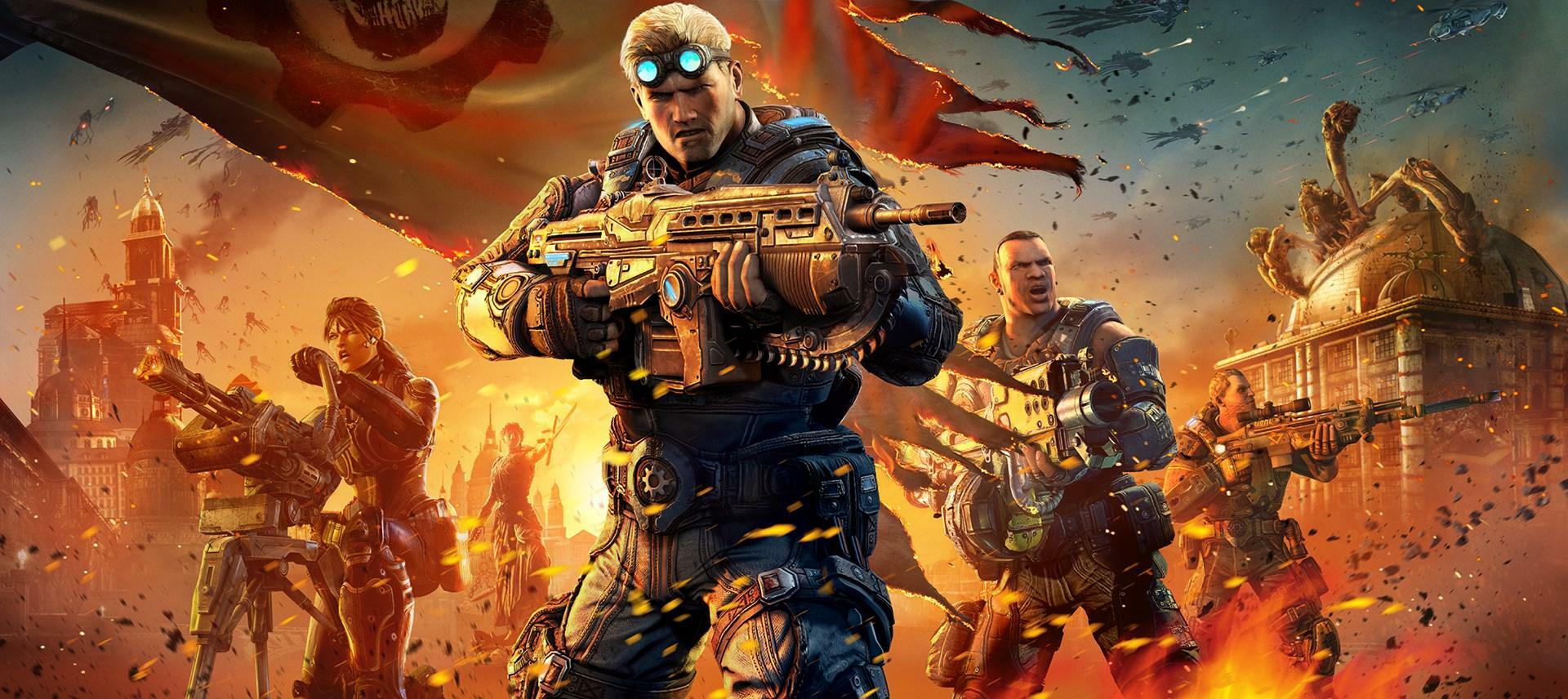
Quickly switching between running and taking cover, then back again, allowed players to confuse their opponents with unpredictable movements. The game’s controls were improved to make movement feel precise and consistent. Levels are designed with cover placed strategically, encouraging skilled players to use fast, angled movements. Weapons and the camera were also adjusted to support this fast-paced style of gameplay.
The Elder Scrolls Online — Animation Canceling

Players found a way to chain attacks and special abilities together to speed up combat and deal more damage. The game developers acknowledged this technique and adjusted the game to work with it, ensuring fairness across different characters and equipment. Helpful guides and practice tools are available to help players master the timing. Recent updates have fine-tuned this system, keeping it rewarding while preventing overly powerful combinations.
League of Legends — Attack Reset Cancels

As a player, I’ve noticed some champions can basically attack way faster than it looks like they should, thanks to certain abilities resetting their attack timers. The developers keep a close eye on which abilities do this and adjust things like cooldowns and damage to keep everything balanced. They’ve also made sure the game tells you how these resets work, and there are practice tools so you can actually learn the timing. Plus, they’re constantly tweaking items and animations to make sure it all feels fair and readable in the heat of battle.
Titanfall 2 — Slide Hopping
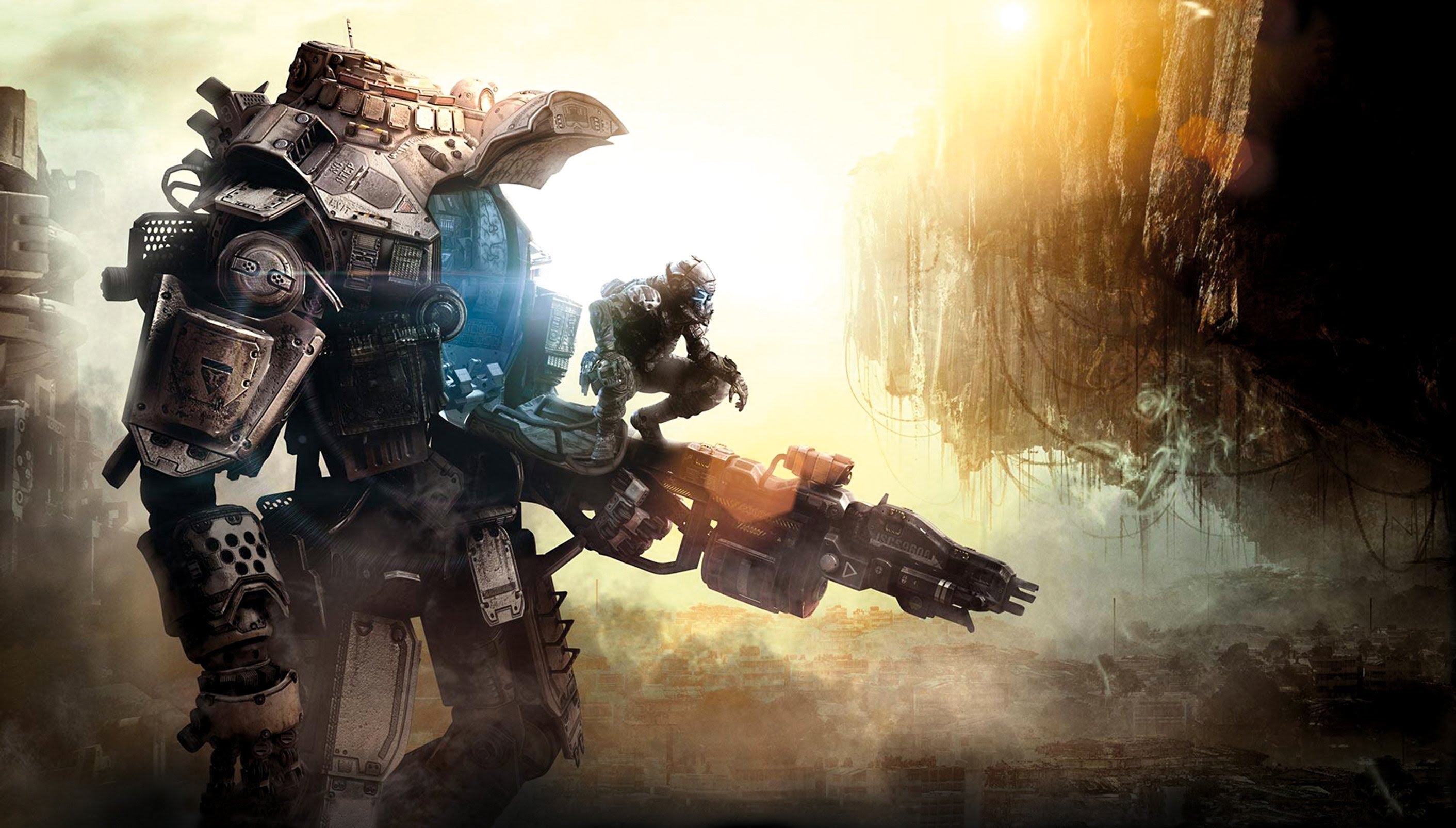
The first game let players link slides and jumps together to keep up incredible speed. The sequel built on this, making it easier to maintain momentum with consistent acceleration and surfaces designed for speed. Levels were created with specific paths and wall-running sections to encourage flowing movement. Time trial modes demonstrate the best ways to use these techniques to move quickly.
Call of Duty: Modern Warfare III — Slide Cancel

Players found a way to quickly regain aim after sliding by using certain inputs, but this was initially considered an unintended feature. Later versions of the game officially supported this technique, balancing it with both advantages and disadvantages. The game’s perks and weapons were adjusted to work with it, and its functionality is now clearly explained in the game’s settings and patch notes.
Halo 5: Guardians — Clamber

In the past, skilled players used clever techniques like boosting with grenades and hitting corners just right to reach ledges that were too far to jump to in one go. Now, the game includes a dedicated ledge grab feature, making it much easier to pull yourself up when you’re close enough. Level designers create specific routes with ledges in mind, working with the game’s movement abilities like thrust jumps. They also use objects and markers to subtly guide players along the intended paths.
Counter-Strike 2 — Jump-Throw Bind

Previously, players relied on external programs to perfectly time their grenade throws for consistent results. The latest update now includes built-in features and server settings that automatically standardize these throws, making them more reliable. Competitive matches can now enforce consistent player inputs, allowing teams to effectively practice and share strategies. Players can easily learn and master these throws using new preview tools and practice commands, eliminating the need for complicated workarounds.
Apex Legends — Slide Jumping

As a player, I’ve noticed something really cool! We figured out that if you time a jump just right at the end of a slide, you can keep a lot of your speed going – it’s like a little trick we discovered! The game designers actually built around this, making sure momentum feels good and rewarding players for pulling it off. They even balanced how fast different characters can move, keeping this trick in mind. Plus, the training areas and special events are designed to help you master the timing – it’s awesome to see they support this kind of skillful play!
Minecraft — Bubble Column Elevators
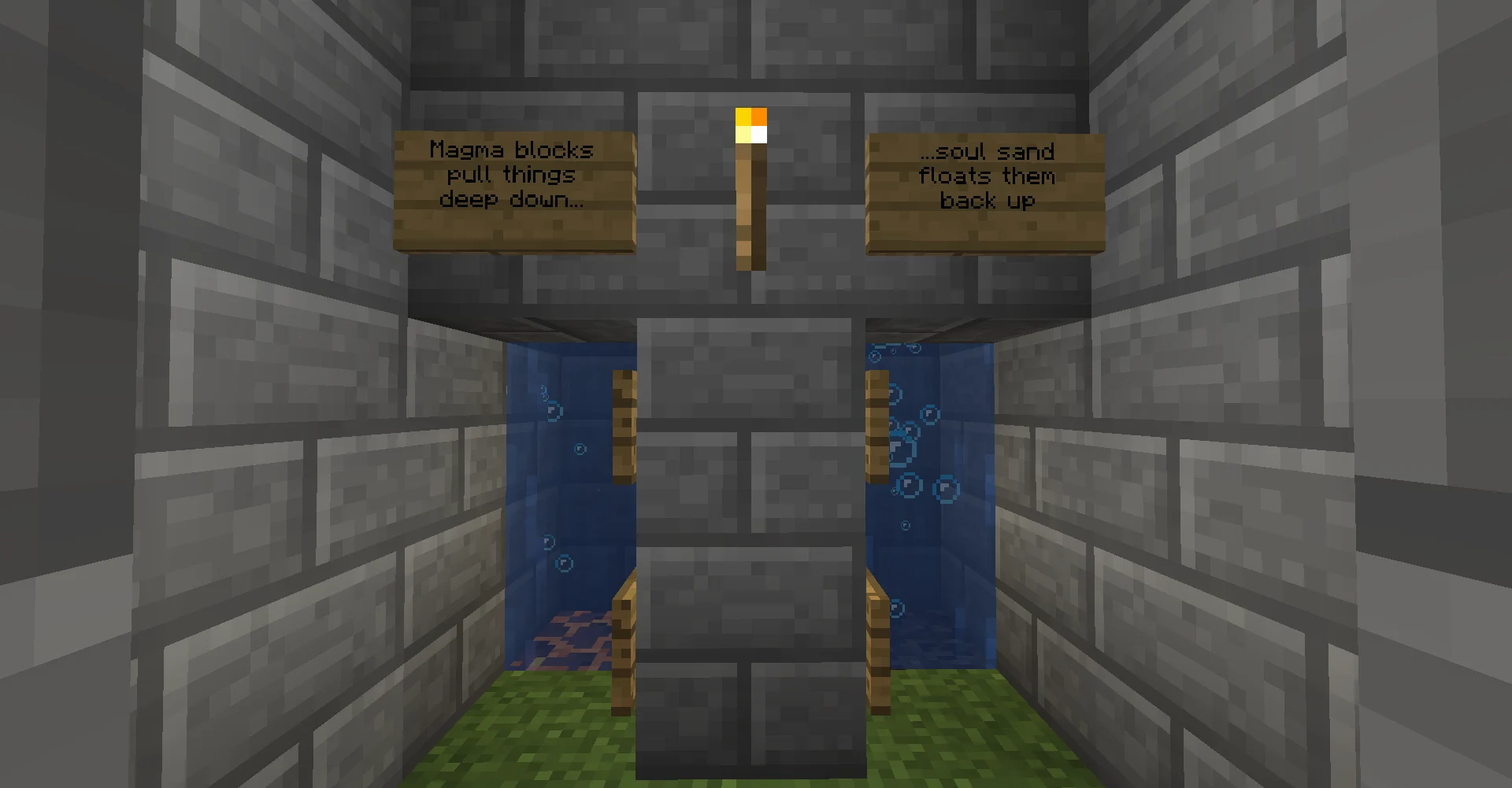
Players first created basic vertical transportation systems using simple shafts, signs, and doors, avoiding the need for ladders. These evolved into more refined bubble columns powered by soul sand and magma blocks, making them easy to build and use. Now, these bubble columns are the standard for moving villagers and items, and are commonly used as dependable parts in redstone machines.
Share your favorite example that we missed in the comments so everyone can compare notes.
Read More
- Broadcom’s Quiet Challenge to Nvidia’s AI Empire
- Heights Capital Bets $16M on ImmunityBio: A Calculated Gamble?
- How to Do Sculptor Without a Future in KCD2 – Get 3 Sculptor’s Things
- How Bank of America is Poised to Thrive in the Coming Years
- Odyssey of Avalanche: DeFi’s New Darling, Zero Lockups! 🚀🎩
- Gold Rate Forecast
- METH PREDICTION. METH cryptocurrency
- Transformers Projects Under Review by Skydance: Michael Bay Version Included
- Thunderbolts Actors Reportedly Clash During Avengers: Doomsday Shoot
- Three Bargain Stocks for a Dying World’s Bull Run
2025-11-21 11:54